What is the effect of coffee maker flow rate / flow rate on the quality of espresso?
Professional coffee knowledge exchange more coffee bean information please follow the coffee workshop (Wechat official account cafe_style)
Have you tried to keep your espresso extraction time consistent? You may have checked whether the pressure and temperature of the coffee machine are stable, the amount of powder is accurate, and the standard of filling powder, but no matter how carefully I operate it, your extraction time will still fluctuate.
So, what exactly is the problem?
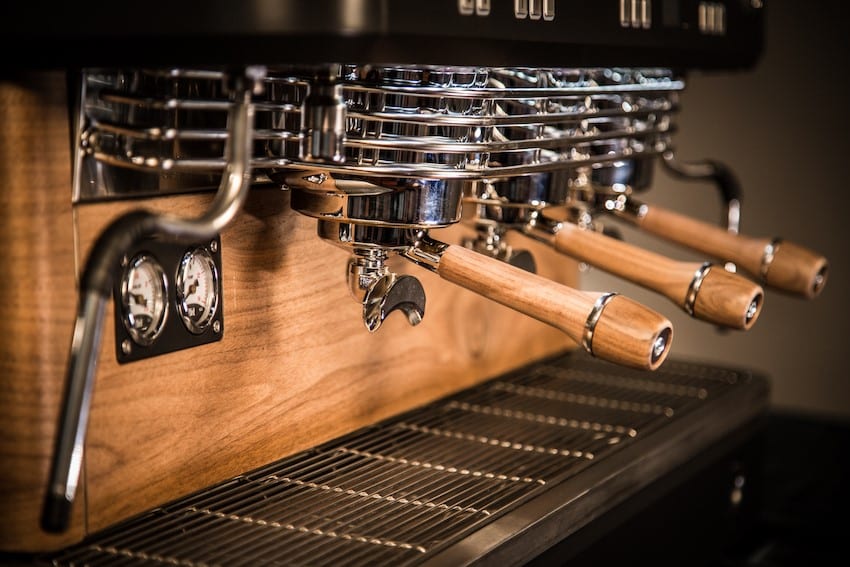
In this case, it is possible that your traffic is unstable. Flow rate is one of the most neglected variables of espresso, but it will affect the flow rate, the stability of extraction and finally the extraction effect. Controlling the flow rate can improve the quality of extraction.
For more information, I talked to two coffee experts at Dalla Corte: Danilo Lodi, a judge of the World baristas Championship from Brazil, and Simone Guidi, an Italian authorized SCA trainer (AST) and coffee roaster.
What is traffic?
Let's start by defining the flow rate: the flow rate is the amount of water that flows from the boiling head during the period of time when the pump is turned on.
In other words, the flow rate measures the speed of water flow during the espresso making process.
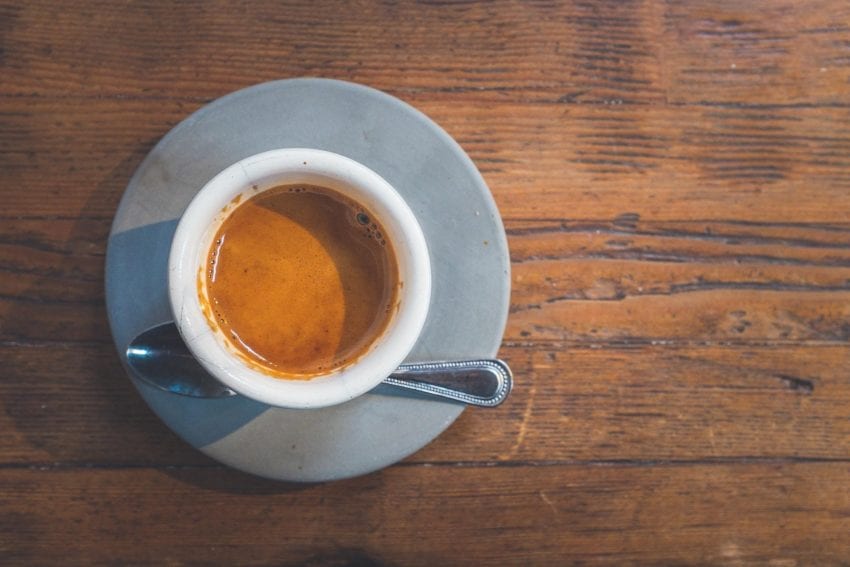
If your water flow is different, not only the extraction time will be different, but also the flavor of the extracted espresso will be different. As Simone Guidi said: "if I give coffee a little more or less water, the coffee will extract a little more or less flavor, with varying degrees of aroma."
As a result, even if the flow rate of only one boiling head is unstable or randomly changed, there will be serious consequences.
When traffic is unstable, everything can go wrong.
So, what happens if your traffic is unstable? Danilo gave me an example: "when you have set the fixed parameters (time and weight) for the bean grinder in the store, and set the cooking formula, such as 20 grams of powder to extract 38 grams of liquid, it takes about 20 seconds. If one of the two brewers of your coffee machine has a large flow rate and the other has a small flow rate, or after five cups in a row, the flow rate will suddenly increase. "
Then the following occurs:
The flow rate is too small: "you will increase the contact time between coffee powder and water (extraction time is too long), and you will reduce the extraction pressure inside the powder bowl, not the pump pressure, but the extraction pressure in the handle powder bowl."
Excessive flow: "you will reduce the extraction, and the extraction pressure inside the powder bowl will change."
In either case, changing the extraction time and pressure of coffee powder will affect the flavor and quality of espresso. This will make your painstaking work of powder filling, debugging, grinding and proportioning all in vain. And it can lead to unstable coffee production-your regulars will taste it.
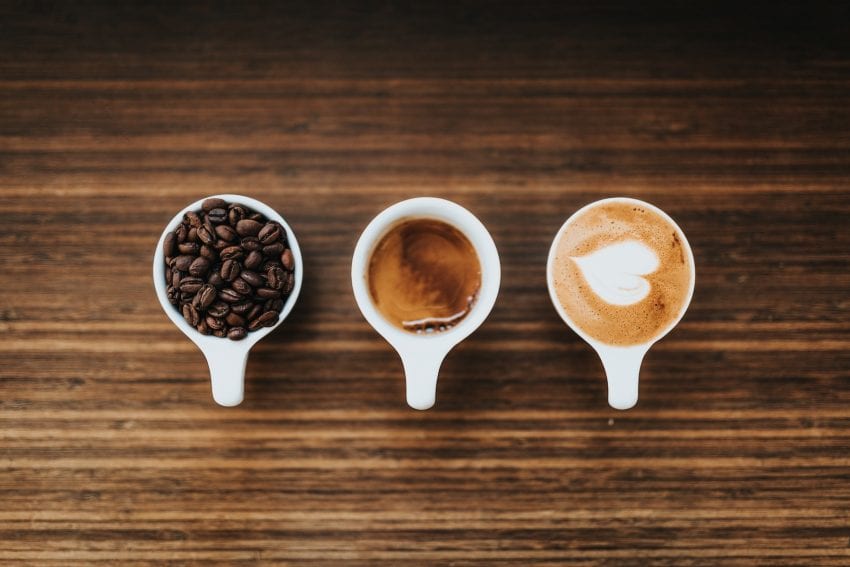
What are the reasons for traffic instability?
There are right factors that can lead to flow instability: pump failure, wear and tear of internal parts, outdated machines.
Flow instability is not only related to the quality life of the parts, but also to your daily use and maintenance. Danilo told me, "especially on some sophisticated coffee machines, it's not a pump problem." Sometimes the user does not clean the head properly or uses only one of the heads for a long time (this also happens). "
Remember, if you want to buy high-quality equipment, you should better maintain it.
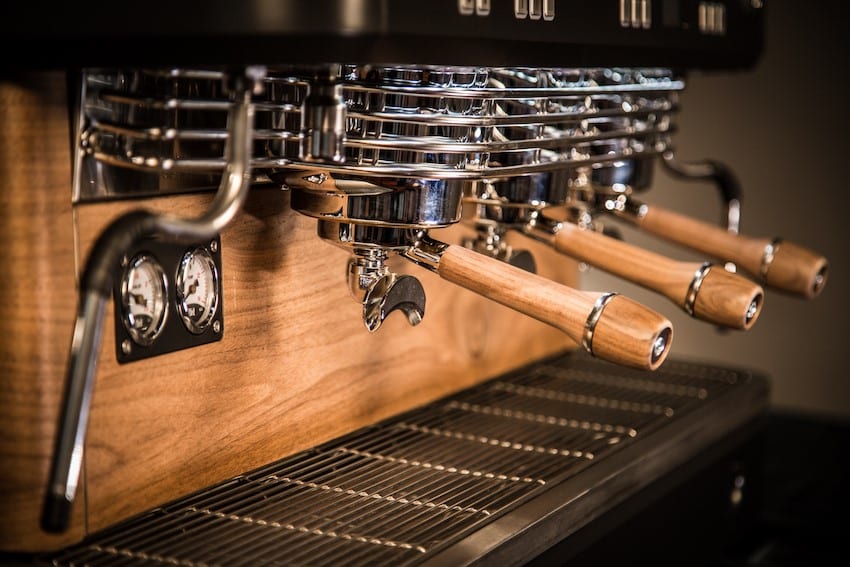
A simple method for calculating traffic
Danilo recommends that everyone who owns a coffee maker, whether commercial or domestic, measure their flow. Measure each head at least twice without buckling the handle.
"put a container and electronic scale under the brewing head of the coffee machine, press the outlet switch and start the clock at the same time, measuring time is 20 seconds," Danilo suggested.
"after completion, suppose you receive 200 grams of water, then you will know that the flow rate of the boiling head is 10 grams per second, because 200 grams of water flowed out in 20 seconds."

Can changing flow lead to better espresso?
Keeping the flow steady is only the primary application of using flow to improve the quality of espresso. Yes, you need a controllable and repeatable rate-but that doesn't mean it has to be consistent throughout the extraction process. In fact, controlled changes in flow can make espresso better and tastier.
Simone uses Dalla Corte Mina, a professional single-head coffee machine that can pre-set flow parameters during extraction. "We found that by changing the flow rate during a certain period of time during the extraction process, we can change the dissolution of coffee substances, so we can extract the aroma of coffee in different ways. "
Simone mentioned that at the WOC (World of Coffee) show in 2017, he invited roasters from all over the world to taste coffee that they roasted themselves but extracted using different flow curves. "it's interesting," he said. "when I handed them the coffee, they didn't recognize it. They said, & # 39; this is not my coffee, this is better! & # 39; "
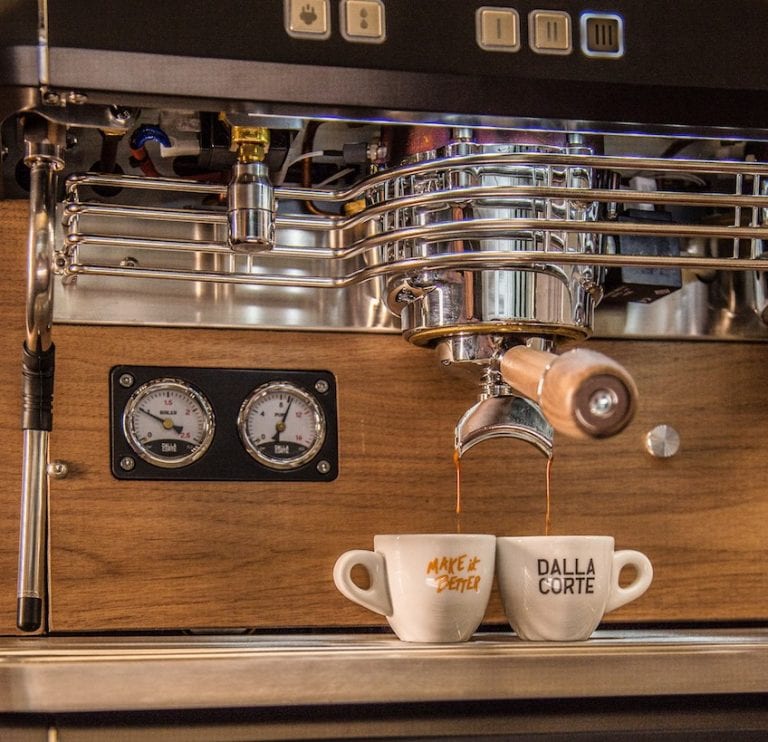
How to manipulate the flow to make better espresso
So, what can be achieved by manipulating traffic? "I can reduce bitterness, acidity and astringency, because sometimes it happens," Simone said. I can also make the coffee smoother and sweeter. "
Like everything to do with coffee, there is no simple formula for flow. The direction of the flow adjustment depends on what is wrong with the coffee. But Simone is willing to provide some guidance for those who are first exposed to this variable.
"We can't give a general standard answer," he stressed, "but I have seen from my personal experience that at the beginning of the extraction, a milder, that is, lower flow rate is used to extract more sweetness and more complex acidity. In other words, the lower flow rate in the first part of the extraction will make the coffee more balanced and brighter. "
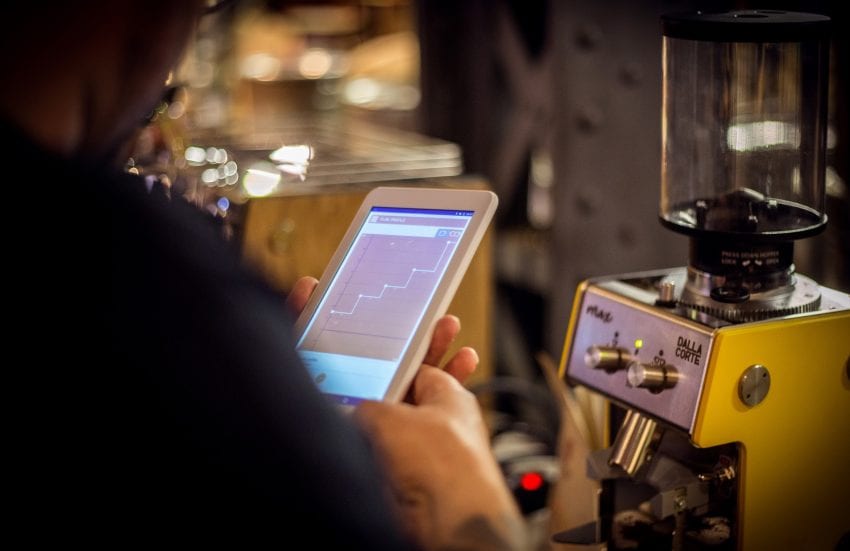
Flow: it is a forgotten variable in espresso making, but it can have a huge impact on quality and stability. WHAT ARE YOU WAITING FOR? Go and check the flow of your coffee machine!
Original author: Ivan Petrich
Translated from Perfectdailygrind.
END
Important Notice :
前街咖啡 FrontStreet Coffee has moved to new addredd:
FrontStreet Coffee Address: 315,Donghua East Road,GuangZhou
Tel:020 38364473
- Prev
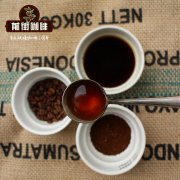
How to define physical evaluation and sensory evaluation of roasting degree of boutique coffee
Professional coffee knowledge exchange more coffee bean information please follow the coffee workshop (Wechat official account cafe_style) the level of boutique coffee SCAA sets the evaluation level of boutique coffee, including the physical evaluation of raw beans and the sensory evaluation of roasting. SCAA's Fine Coffee rating 8084 points the aroma of coffee is flawless. Coffee with the characteristics of origin. 8589 points have
- Next
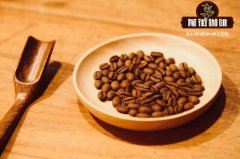
The first explosion and so on means that the baker generally forms the default baking degree between the explosion sound and the baking degree.
Professional coffee knowledge exchange more information about coffee beans Please follow the coffee workshop (Wechat official account cafe_style) what does it mean when coffee is roasted? Explosion refers to the sound produced by the expansion of raw coffee beans after roasting at high temperature. it sounds like a popping sound, just like popcorn, so it is called coffee bean popping. And one explosion, two explosions and so on.
Related
- Beginners will see the "Coffee pull flower" guide!
- What is the difference between ice blog purified milk and ordinary milk coffee?
- Why is the Philippines the largest producer of crops in Liberia?
- For coffee extraction, should the fine powder be retained?
- How does extracted espresso fill pressed powder? How much strength does it take to press the powder?
- How to make jasmine cold extract coffee? Is the jasmine + latte good?
- Will this little toy really make the coffee taste better? How does Lily Drip affect coffee extraction?
- Will the action of slapping the filter cup also affect coffee extraction?
- What's the difference between powder-to-water ratio and powder-to-liquid ratio?
- What is the Ethiopian local species? What does it have to do with Heirloom native species?

